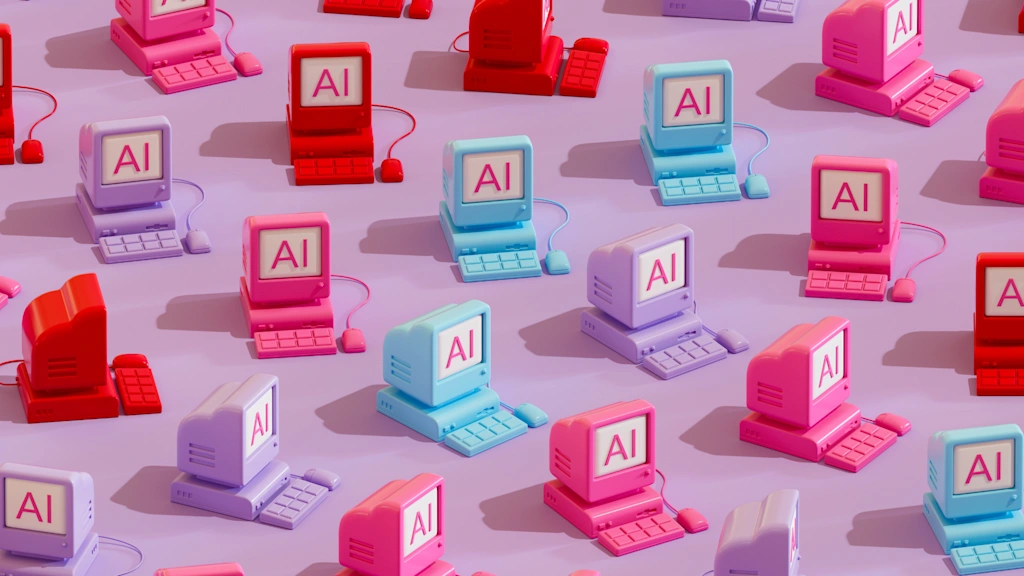
"The world of work is constantly evolving. Our understanding of "the office" has shifted over generations, from bustling open-plan floors, to the rise of individual cubicles. And more recently, the widespread adoption of flexible work arrangements and coworking spaces. Beyond physical environments, the very nature of work has transformed, too. We've seen the rise of the gig economy, an increasing demand for work-life balance, and a growing emphasis on mobile productivity. These shifts fundamentally redefine how and where we get things done."
"As the professional landscape becomes increasingly fluid, a new paradox is emerging. Professionals are more connected than ever, utilizing smartphones to stay productive while on the move. However, for many, true "PC-level" productivity only happens when they are tethered to their static workstations. This forces compromises, indicating that regular smartphones have not yet adapted to modern ways of working. When we look at how we work on our PCs, it's pretty rare that we focus on a single task at once."
"Ultimately, many professionals are concluding that single-screen, single-task devices like regular smartphones are simply not enough for mobile productivity. Sure, they are sufficient for simple one-line email responses, but beyond that, users tend to revert back to their laptops, hindering agility and responsiveness. Foldable form factors are fundamentally changing the way we interact with technology. Their multiscreen, adaptable nature directly addresses regular smartphone limitations for mobile productivity, enabling users to easily switch between their email app and one or two other windows, like instant messaging"
Work environments have shifted from bustling open-plan floors to individual cubicles and flexible coworking spaces. The nature of work has changed with the rise of the gig economy, increased demand for work-life balance, and emphasis on mobile productivity. Professionals stay connected via smartphones but often achieve true PC-level productivity only at static workstations. Regular smartphones support simple tasks but fall short for multitasking, causing users to revert to laptops. Laptop use commonly involves split screens and external monitors for multitasking. Foldable, multiscreen smartphone form factors enable switching between multiple app windows, directly addressing smartphone limitations and improving mobile agility and responsiveness.
Read at Fast Company
Unable to calculate read time
Collection
[
|
...
]